(By Khalid Masood)
India’s ambition to ascend as a global superpower, a “21st-century Vishwaguru,” gleams with the promise of a nation poised to rival China’s dominance. With a $4.27 trillion economy, a youthful demographic, and a vocal diaspora, New Delhi envisions itself as a democratic beacon steering the global order. Yet, beneath this radiant narrative lies a stark contrast: a nation stumbling over regional rivalries, diplomatic inflexibility, and domestic frailties. The May 2025 Indo-Pak war, sparked by the Pahalgam attack, exposed India’s vulnerabilities—military setbacks, diplomatic isolation, and a credibility deficit. As Prime Minister Narendra Modi faces a G7 summit snub and domestic unrest threatens the BJP’s grip in Bihar, a central question emerges: Can India lead globally while alienating neighbors and failing foundational tests of statecraft? This article dissects India’s strategic delusions, revealing why its global aspirations falter amid local missteps.
1. India’s Global Aspirations: The Vishwaguru Vision
India’s quest to become a superpower is anchored in its vision of surpassing China as Asia’s economic engine. Modi’s “Make in India” and “Atmanirbhar Bharat” campaigns underscore economic nationalism, aiming to attract $500B in FDI by 2030 (Reuters, Mar 2024). Diplomatically, India asserts itself as a democratic counterweight to China, hosting G20 summits and championing the Quad with the U.S., Japan, and Australia (Times of India, Jun 2024). The “Vishwaguru” narrative—India as a global teacher—pervades Modi’s rhetoric, projecting cultural soft power through yoga, Bollywood, and a $1B diaspora (The Hindu, Apr 2025).
Yet, this vision clashes with ground realities. The 2025 Indo-Pak war, where India’s Operation Sindoor failed to neutralize alleged terrorist sites, resulted in civilian casualties and global backlash (Al Jazeera, May 7, 2025). Modi’s absence from the G7 summit, driven by Canada’s Khalistani concerns, signals diplomatic isolation (CBC News, Jun 2, 2025). Domestic challenges—40% poverty in Bihar, 8% inflation, and human rights abuses in Kashmir and elsewhere in India—undermine India’s global stature (Times of India, Jun 2025).
2. The China Comparison: A Strategic Misunderstanding
China’s ascent offers a stark lesson in Cold War pragmatism. In the 1950s, Mao Zedong aligned with the USSR to counter U.S. containment, securing aid and nuclear know-how (Foreign Affairs, Jan 1960). By 1972, Nixon’s visit marked China’s pivot to the U.S., balancing Soviet threats while gaining access to Western capital, markets, and technology (Kissinger, 2011). This flexibility transformed China into a $14T economy by 2025, with global supply chain dominance (World Bank, 2024).
India, however, misreads this playbook. Its assertive foreign policy—rejecting U.S. mediation on Kashmir and resisting multilateral forums—lacks China’s strategic agility. India’s insistence on bilateralism with Pakistan, as seen post-Pahalgam, alienated allies like the U.S., which sought regional stability (The Washington Post, May 15, 2025). Unlike China’s calculated compromises, India’s rigidity limits access to Western markets and advanced systems like F-35 jets (The Diplomat, Apr 2025).
3. India’s Strategic Myopia: Regional Alienation
India’s refusal to accommodate U.S. priorities, particularly on Kashmir, exemplifies strategic myopia. The U.S. urged dialogue post-2019 Article 370 revocation, but India’s crackdowns—8,000 disappearances, Yasin Malik’s detention—drew UN criticism (OHCHR, 2020). The 2025 war, with Pakistan’s BeiDou counterstrikes downing five Indian jets, pushed Islamabad deeper into China’s orbit (Le Monde, May 8, 2025). India’s mistrust of third-party mediation, evident in rejecting SCO and UN proposals, contrasts with China’s pragmatic engagement (Xinhua, May 2025).
This inflexibility cost India regional leverage. Pakistan’s diplomatic outreach to Turkey, Qatar, and Azerbaijan post-war gained OIC support, while India’s delegations met only mid-level officials (The Guardian, May 25, 2025). Many mocked India’s “arrogant diplomacy” reflecting a regional shift toward Pakistan’s narrative.
4. Undermining the Indo-Pacific Strategy
The U.S. Indo-Pacific strategy seeks to counter China by uniting South Asia and Muslim-majority nations like Indonesia and Malaysia (CSIS, Feb 2023). India, a Quad pillar, was expected to stabilize the region, but its Kashmir policies alienated Pakistan, a key U.S. partner in Afghanistan (The Diplomat, May 2025). Pakistan’s alignment with China, via CPEC and BeiDou, directly counters U.S. goals, with $62B in Chinese investments by 2025 (Al Jazeera, May 29, 2025).
India’s rejection of U.S.-brokered dialogue post-Pahalgam, insisting on “terrorism first,” frustrated Washington’s need for a cohesive anti-China front (Trump, X, May 15, 2025). This misalignment risks India’s Quad role, as Japan and Australia prioritize multilateralism (East Asia Forum, Jan 2025). India’s actions thus inadvertently bolster China’s regional influence.
5. India’s Decreasing Strategic Value to the U.S.
Unlike China’s 1970s compromises, India offers no meaningful concessions. Its covert supply of 500,000 artillery shells to Ukraine via third parties angered Russia, yet failed to secure U.S. goodwill (Reuters, Feb 2025). The U.S. views India as a “strategic pawn,” akin to Japan or South Korea, not a coequal partner (Foreign Policy, Mar 2025). Pressure to distance itself from Russia ($120B oil trade) and Iran (Chabahar port) clashes with India’s multi-alignment (The Hindu, Apr 2025).
Post-war, U.S. Vice President J.D. Vance urged India to “de-escalate” with Pakistan, reflecting frustration (CNN, May 10, 2025). India’s refusal to share intelligence on Pahalgam weakened its anti-terrorism narrative, reducing its strategic utility (The Washington Post, Jun 1, 2025). The U.S.’s renewed engagement with Pakistan, signaled by Trump’s mediation, underscores India’s diminishing relevance (NPR, May 15, 2025).
6. The Illusion of the Democratic Alliance
The U.S.-India “democratic axis” is a compelling narrative, with Modi’s G20 hosting in 2023 lauded as a democratic triumph (Times of India, Sep 2023). Yet, Washington’s alliances are transactional, as seen with the Philippines. Once a key U.S. ally, Manila faced U.S. indifference during China’s South China Sea encroachments, reducing military aid by 25% since 2022 (Asia Times, Apr 2024). India’s ethnocentric policies—CAA, anti-Muslim violence—clash with U.S. human rights rhetoric, drawing criticism (Amnesty International, 2025).
The G7 snub, driven by Canada’s Sikh diaspora and Nijjar’s 2023 killing allegations, exposes the alliance’s fragility (CBC News, Jun 2, 2025). Experts highlight U.S. “hypocrisy,” prioritizing geopolitics over values. India’s assumption of automatic Western backing overlooks this transactional reality.
7. Conclusion: A Reckoning for India’s Ambitions
India’s dream of global leadership, radiant with economic promise and democratic zeal, falters under the weight of strategic arrogance. Unlike China’s Cold War pragmatism, India’s rigidity—alienating Pakistan, resisting U.S. priorities, and mistrusting multilateralism—has cost it regional influence and global credibility. The 2025 war’s defeat, Modi’s G7 absence, and domestic unrest in Bihar signal a nation adrift, its Vishwaguru vision dimmed by local missteps. As Chanakya warned, “The wise king seeks allies, not enemies.” To salvage its ambitions, India must embrace flexibility, resolve Kashmir with dignity, and align with global realities. Else, it risks remaining a would-be superpower, humbled by its own delusions, watched by a world that doubts its rise.


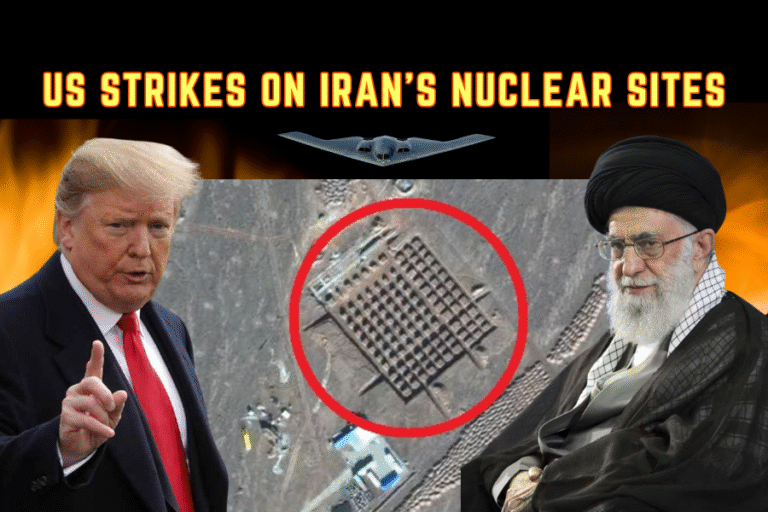
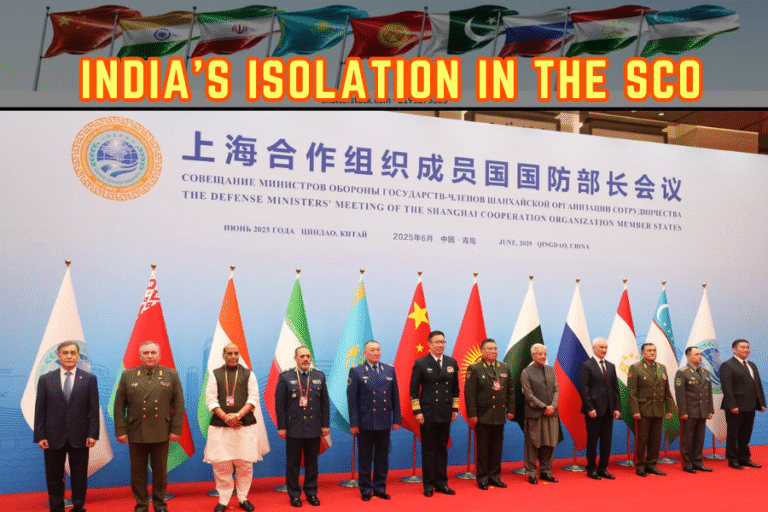
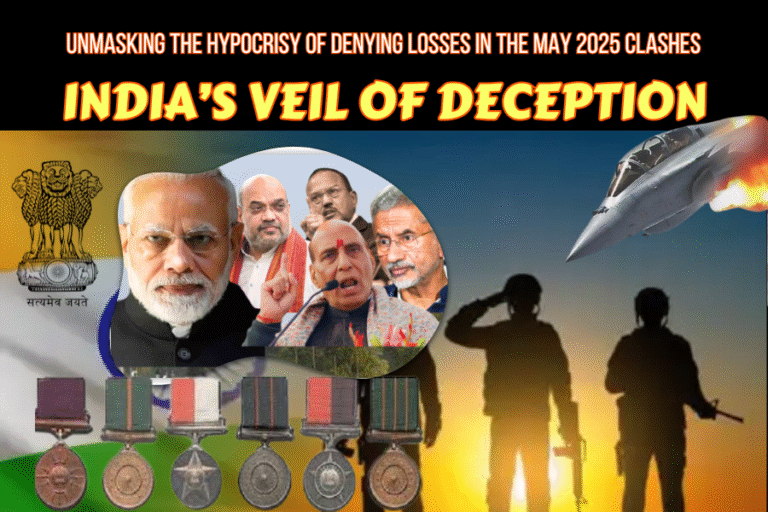
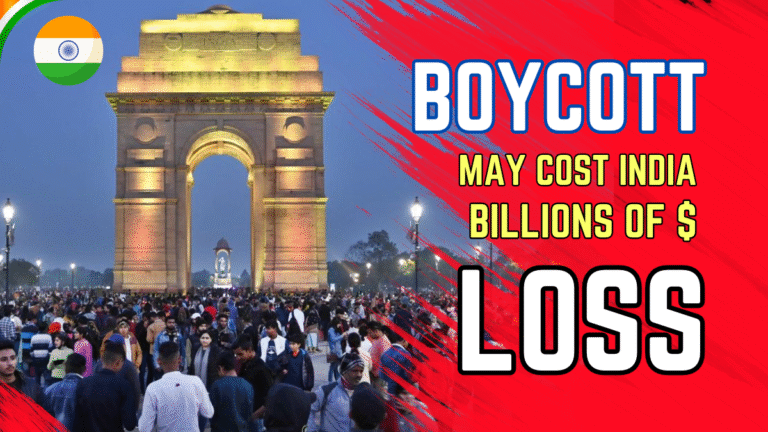
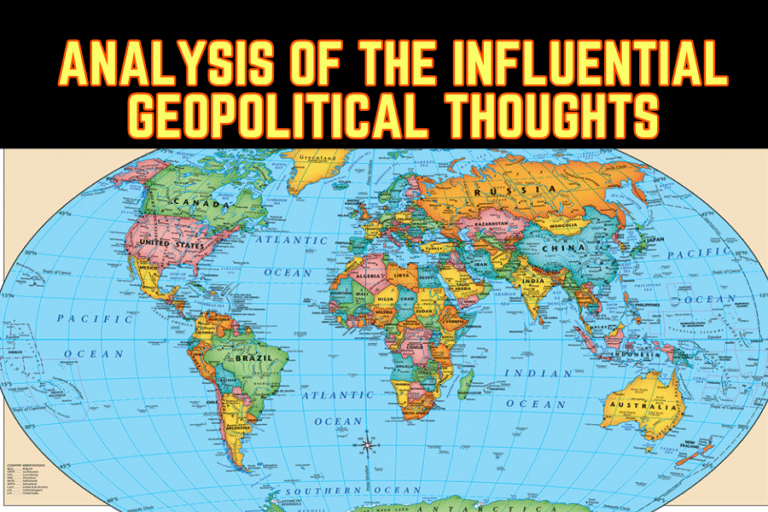
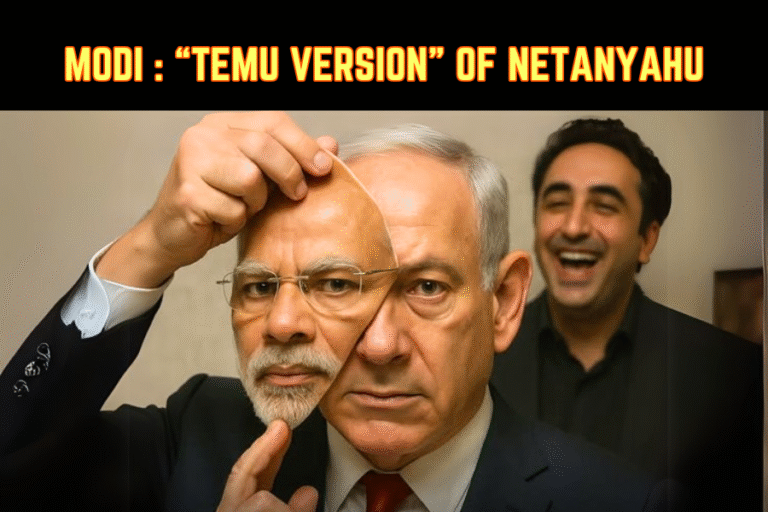
One Comment